
Little Rock Lake Drawdown
Little Rock Lake is historically a shallow marsh wetland landscape. But, in 1907 the Sartell Dam was built, which artificially increased the water levels over 7 feet, making it a shallow lake or “reservoir”.
When areas are flooded for a long period of time, plants are killed off and growth is difficult. The lack of emergent and shoreline plants allowed for increased shoreline erosion and less nutrient uptake up plants. In addition, significant land use change happened around the lake and in the watershed over the years.
A significant change to the lake’s hydrology caused by the dam along with widespread landscape change across Benton County contributed to a big problem in the coming years… toxic algae blooms.
An extreme blue-green algae bloom in 2007 produced toxin microcystin that became an acute public health risk around the lake and downstream to the residents of St. Cloud.
Little Rock Lake Toxic Algae Boom 2007


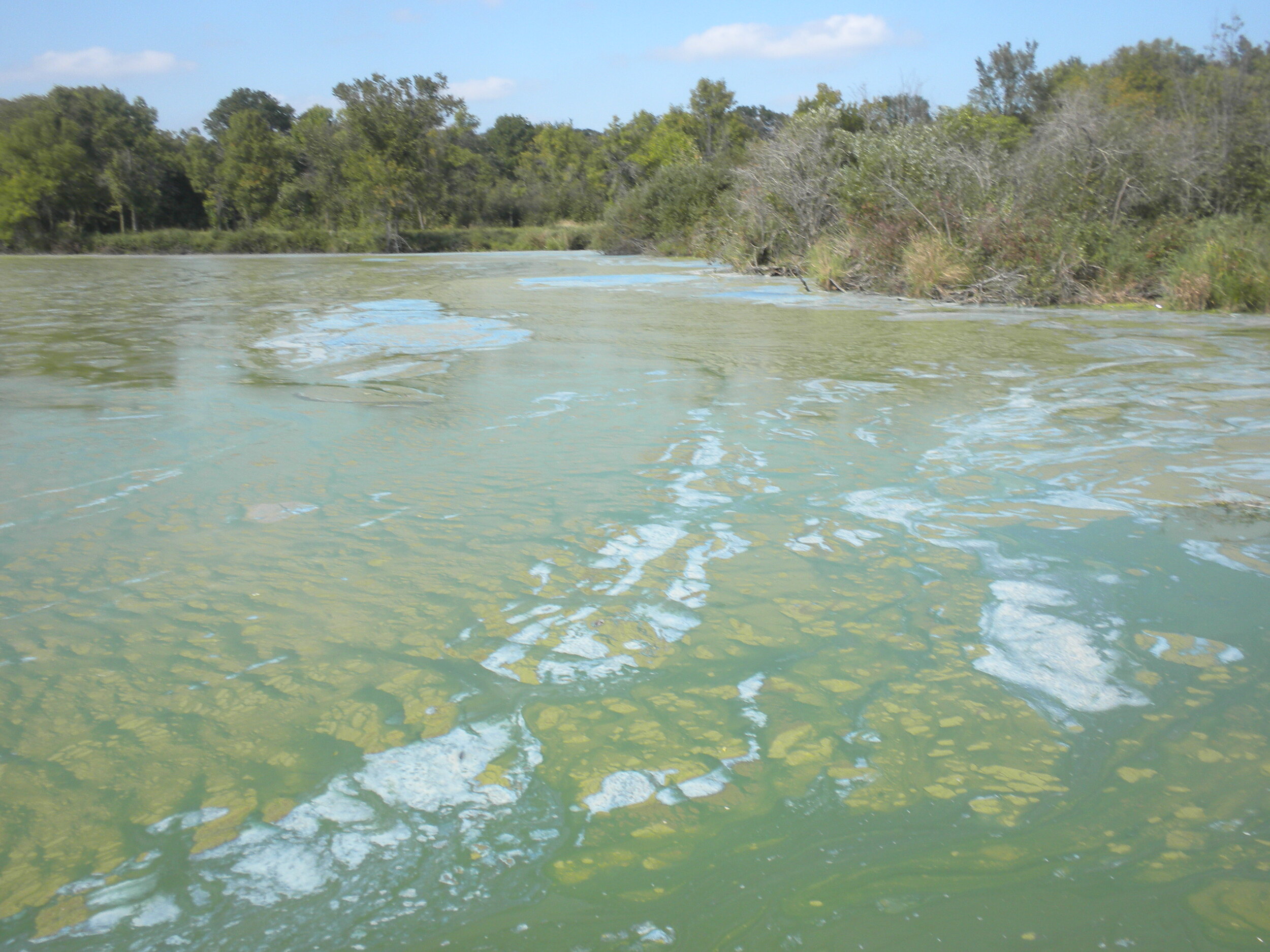

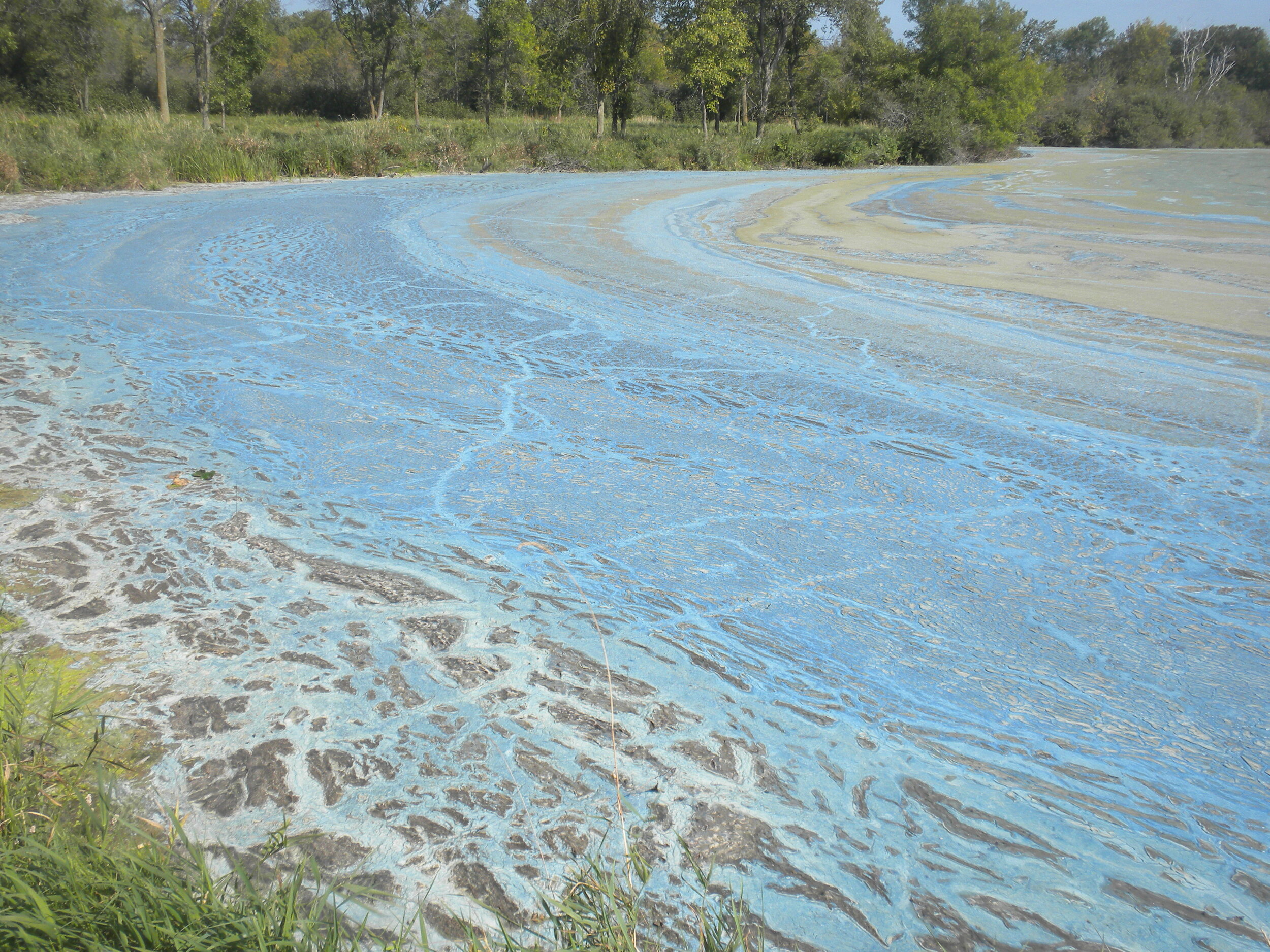
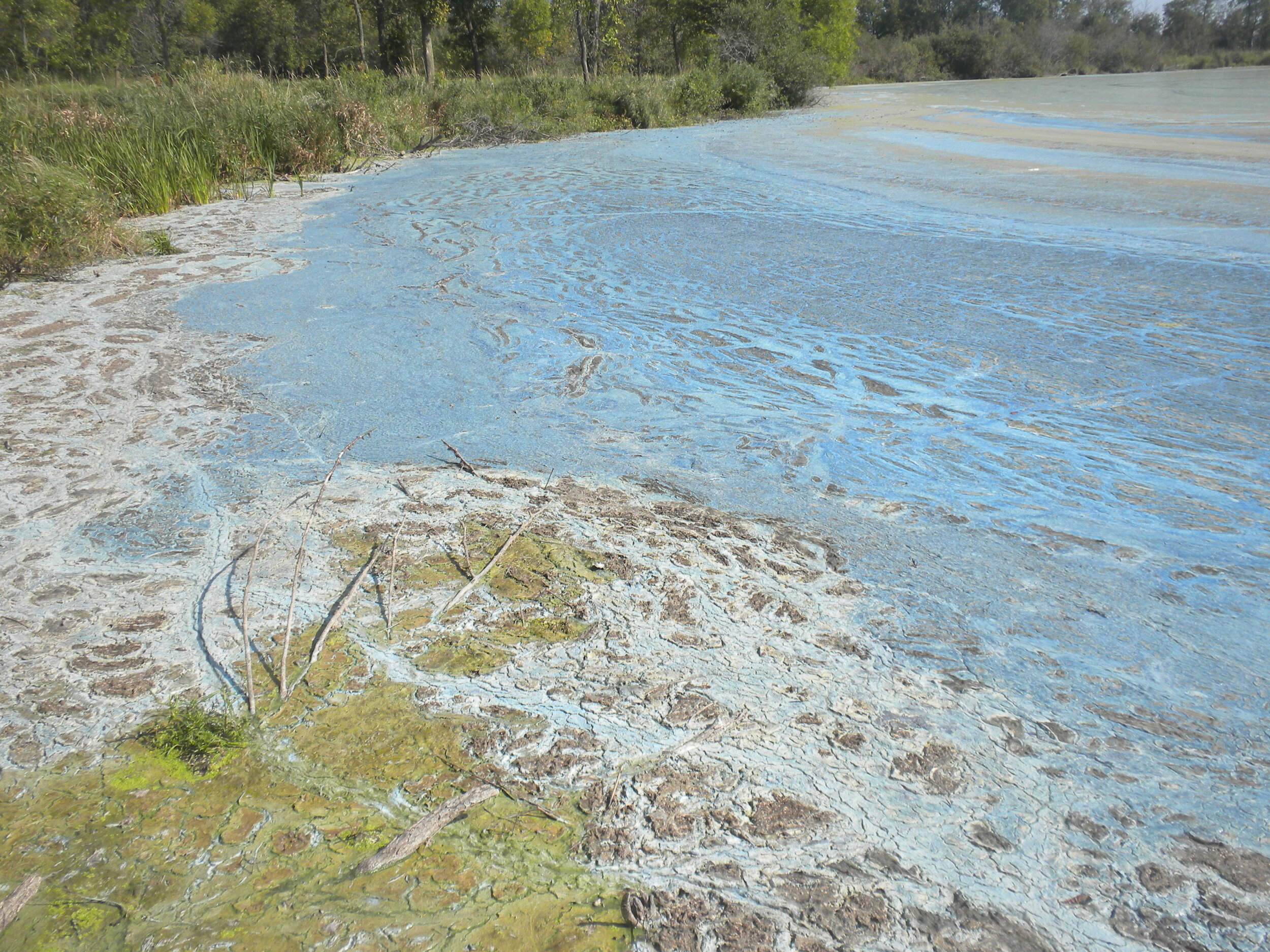


The solution? A Drawdown
Little Rock Lake has absorbed significant nutrients such as nitrogen and phosphorous after the dam was built contributing to insistent algal issues. Little Rock Lake is the worse known regionally, and is in the top 4% of the most polluted lakes in the state.
A drawdown or lowering of water can help to regain some of that plant material, while allowing some of the nutrients to be processed. The intent is to improve water quality, shore land stability and increase fish/wildlife habitat.
It has been over 100 years since the dam installation, and water levels have not been allowed to fluctuate more than six inches above or below 1014 MSL. Without the natural drought cycle with rising and falling water levels, valuable plant growth expansion is not possible.
A big piece of the puzzle is the surrounding watershed area. Our staff also worked with landowners throughout the watershed area on various conservation projects to curb runoff and erosion from going into the lake.
Drawdown Process and Native Plantings in 2019
The 3-foot drawdown started on August 1st, 2019 and continued for 6 weeks. Many flats, backwater areas and channels were seen for the first time in over 100 years!
Volunteers and lakeshore property owners planted nearly 46,000 aquatic plants on various areas.
The drawdown is projected to reduce in-lake phosphorus by an estimated 589 pounds, and to affect water quality for 10 years!


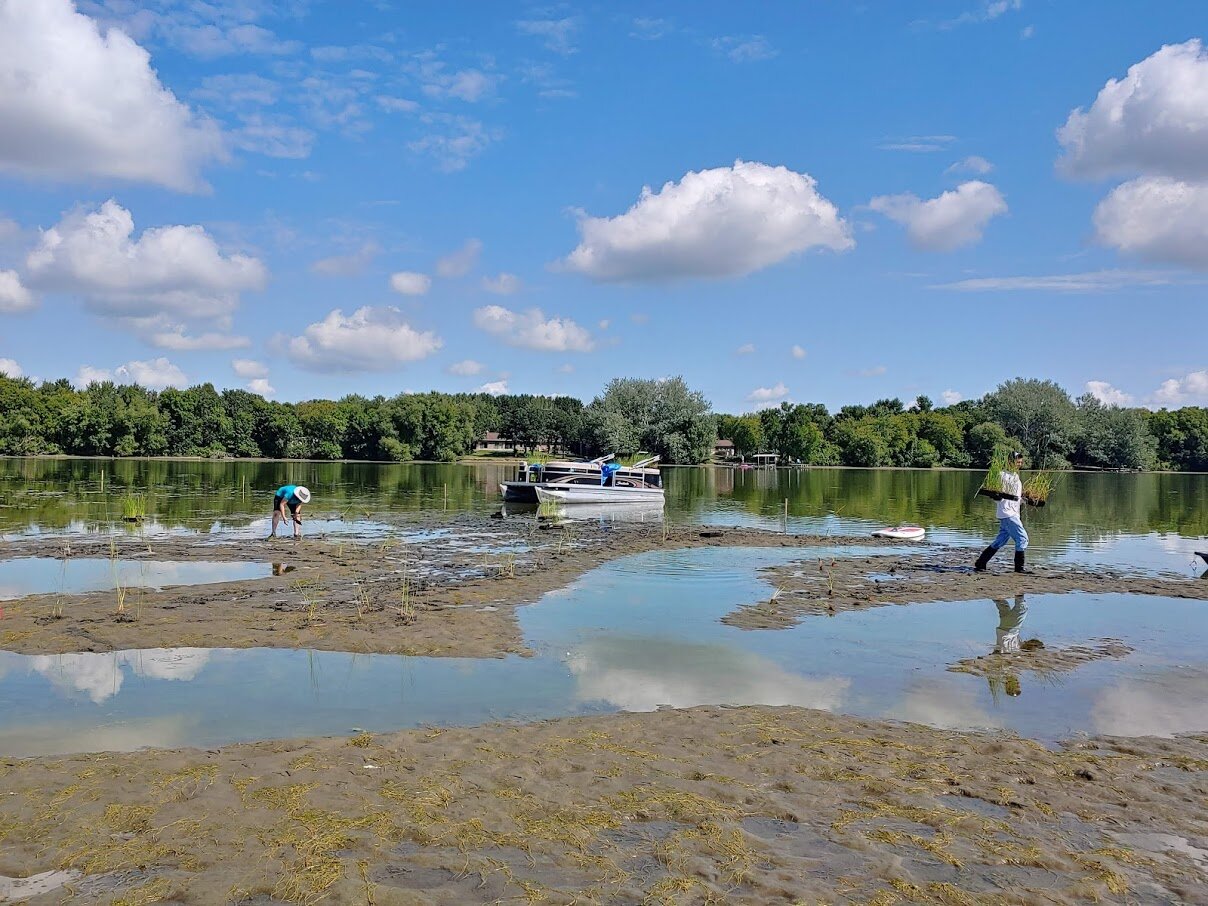

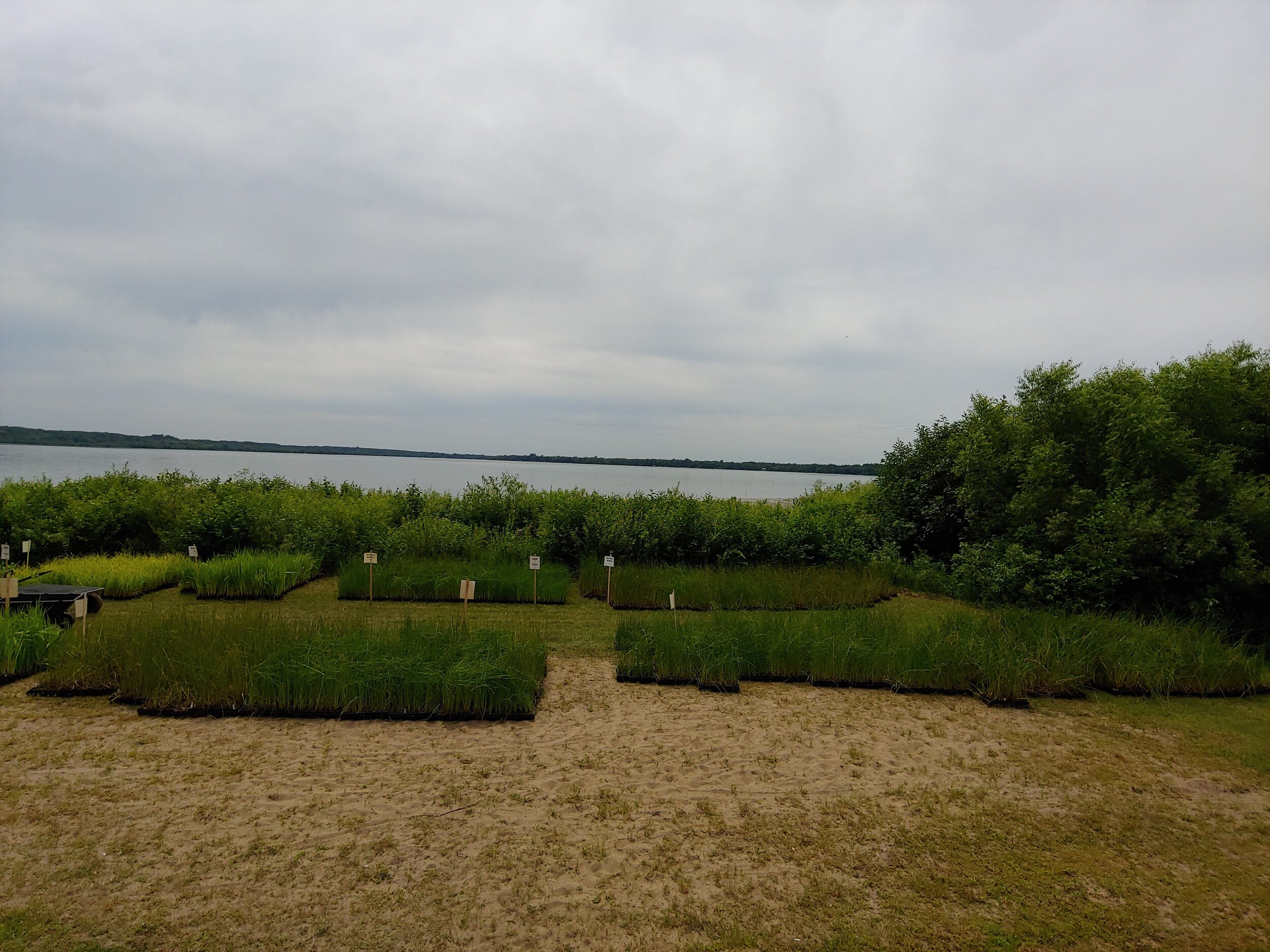
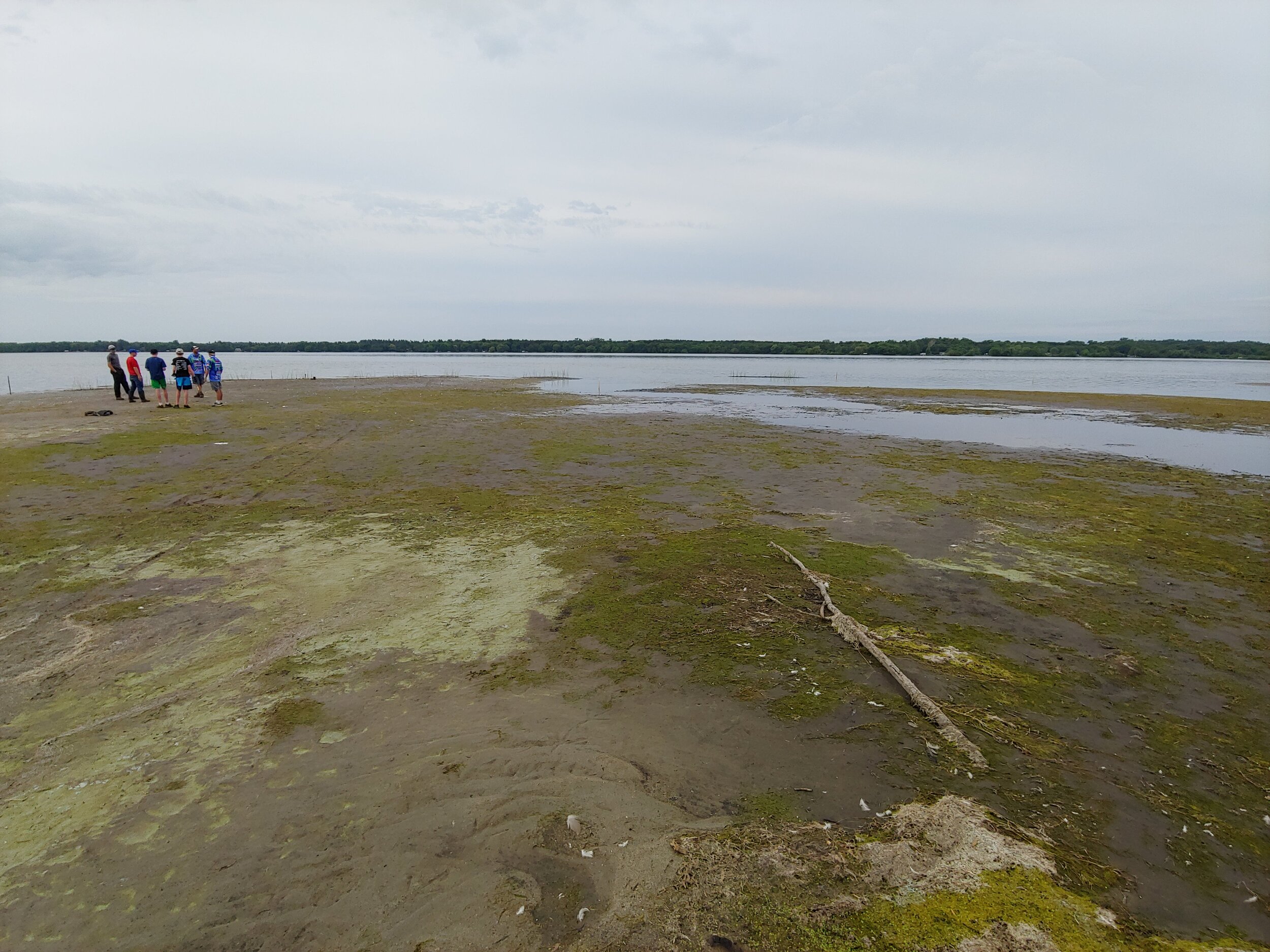

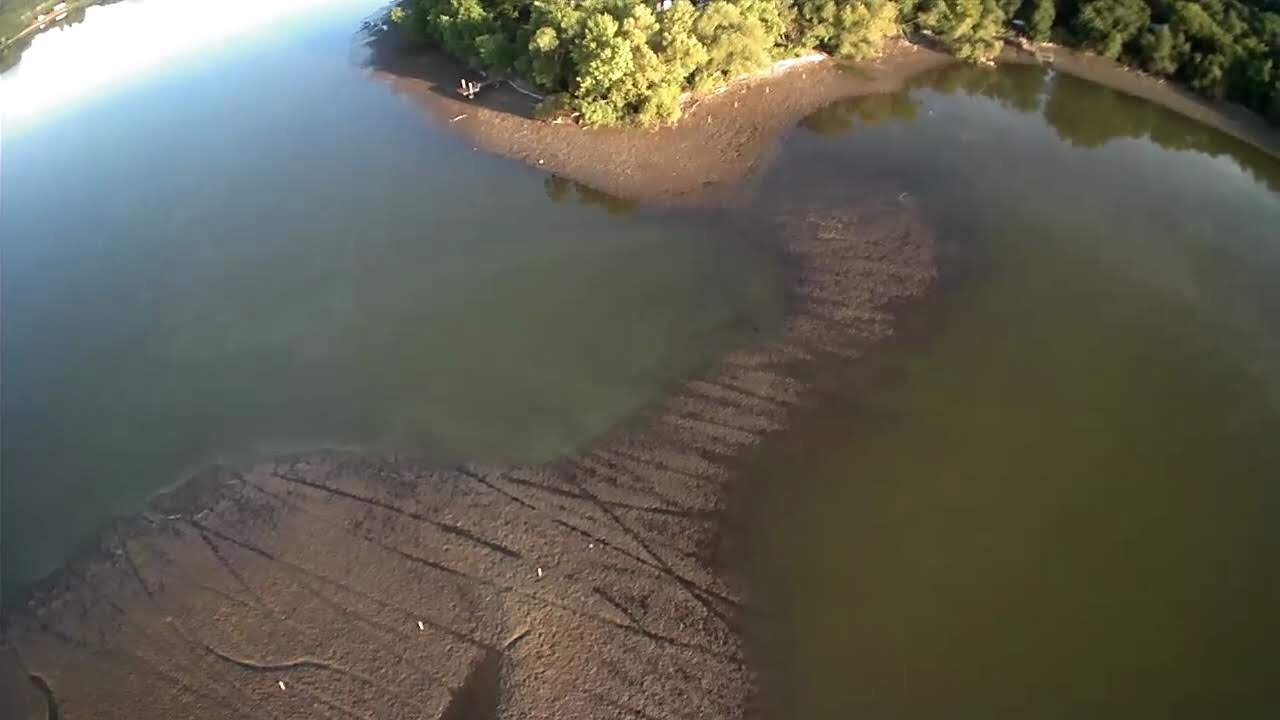
Little Rock Lake News Stories
St. Cloud Times: After a year-long wait, the Little Rock Lake drawdown is almost here
KNSI: DNR: Little Rock Lake Drawdown Showing Results
St. Cloud Times: What will happen now that the Little Rock Lake drawdown is over?
BWSR: Little Rock Lake drawdown
DNR: Little Rock Lake drawdown
Little Rock Lake in 2021
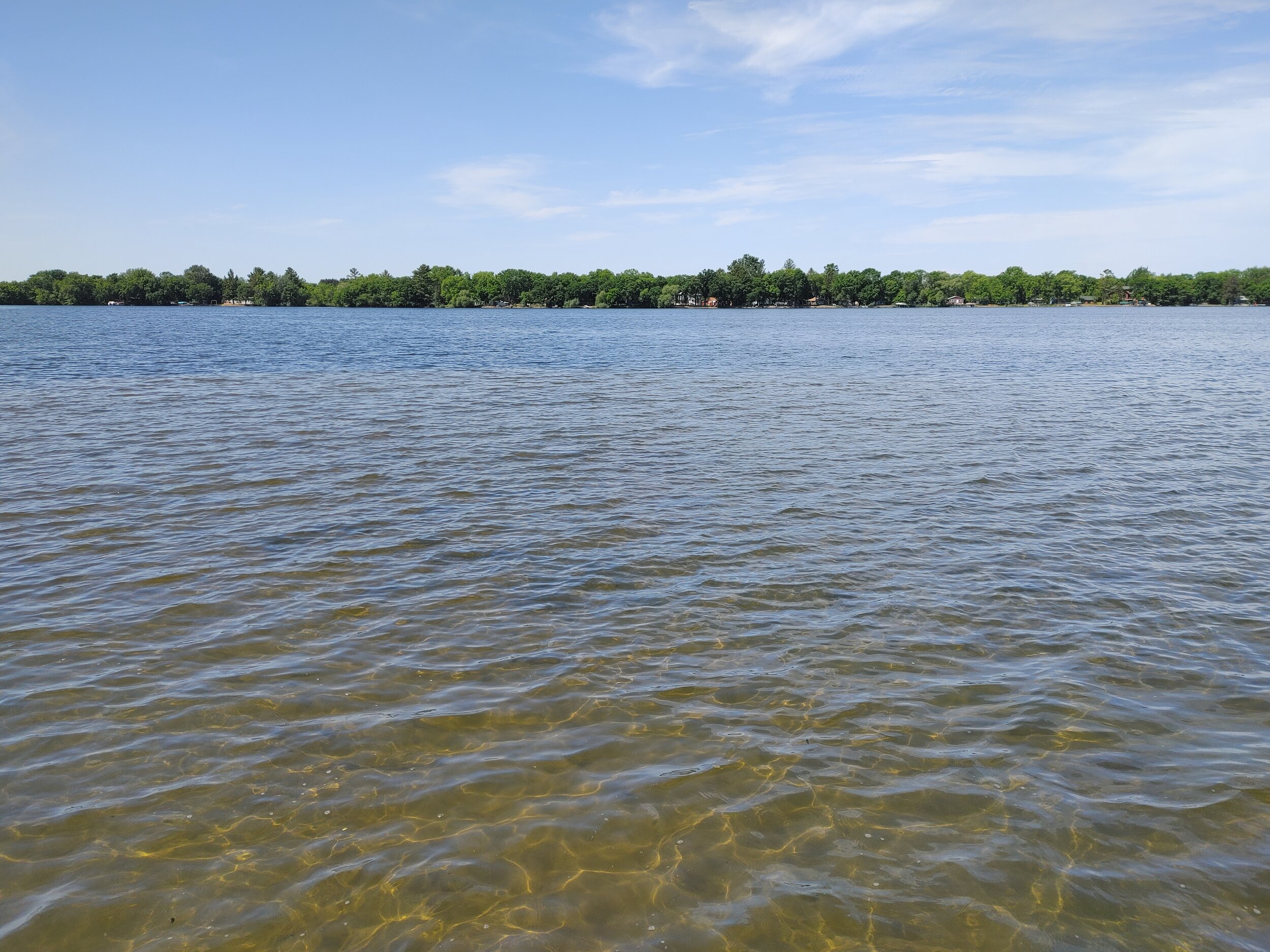



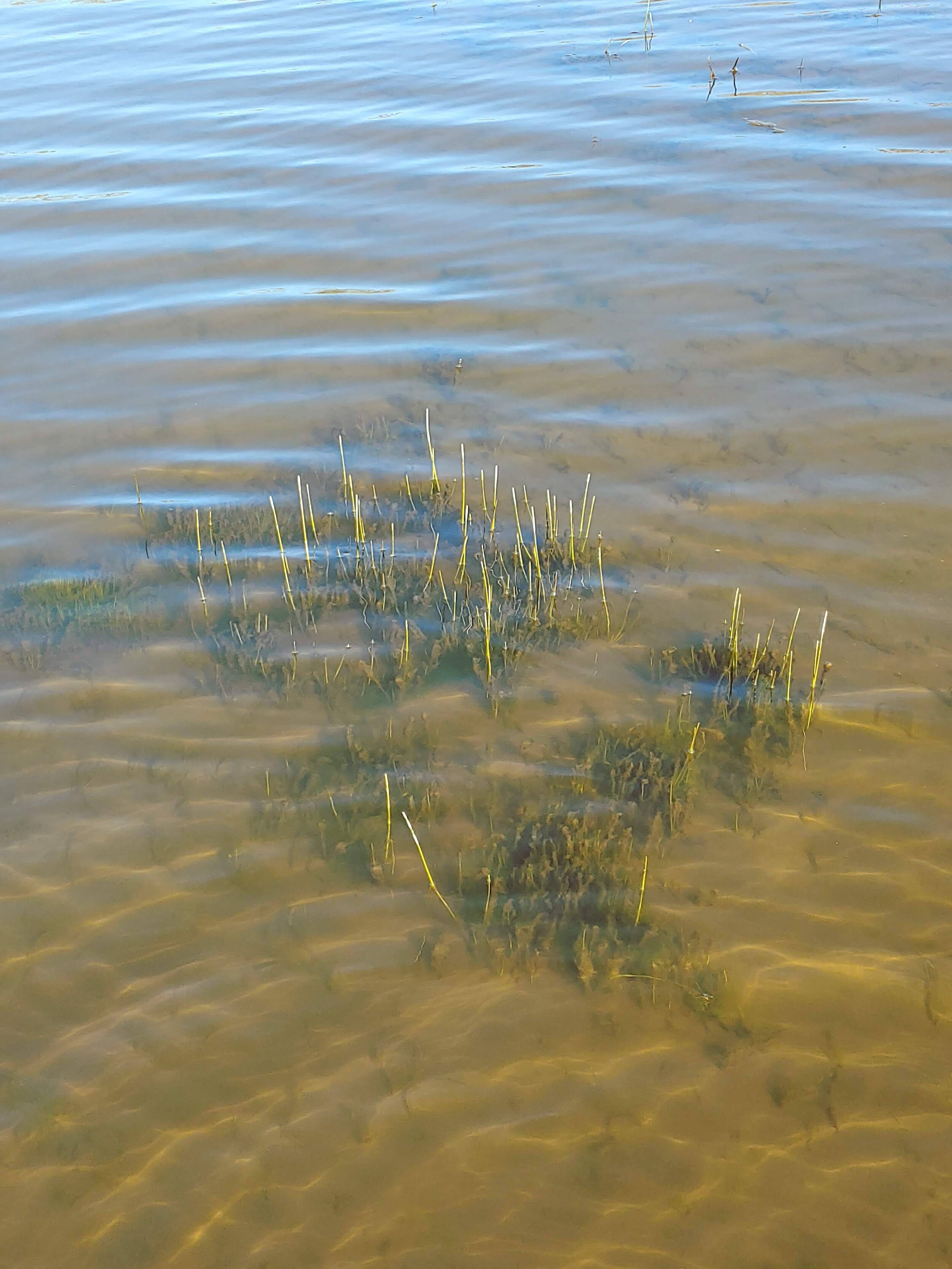
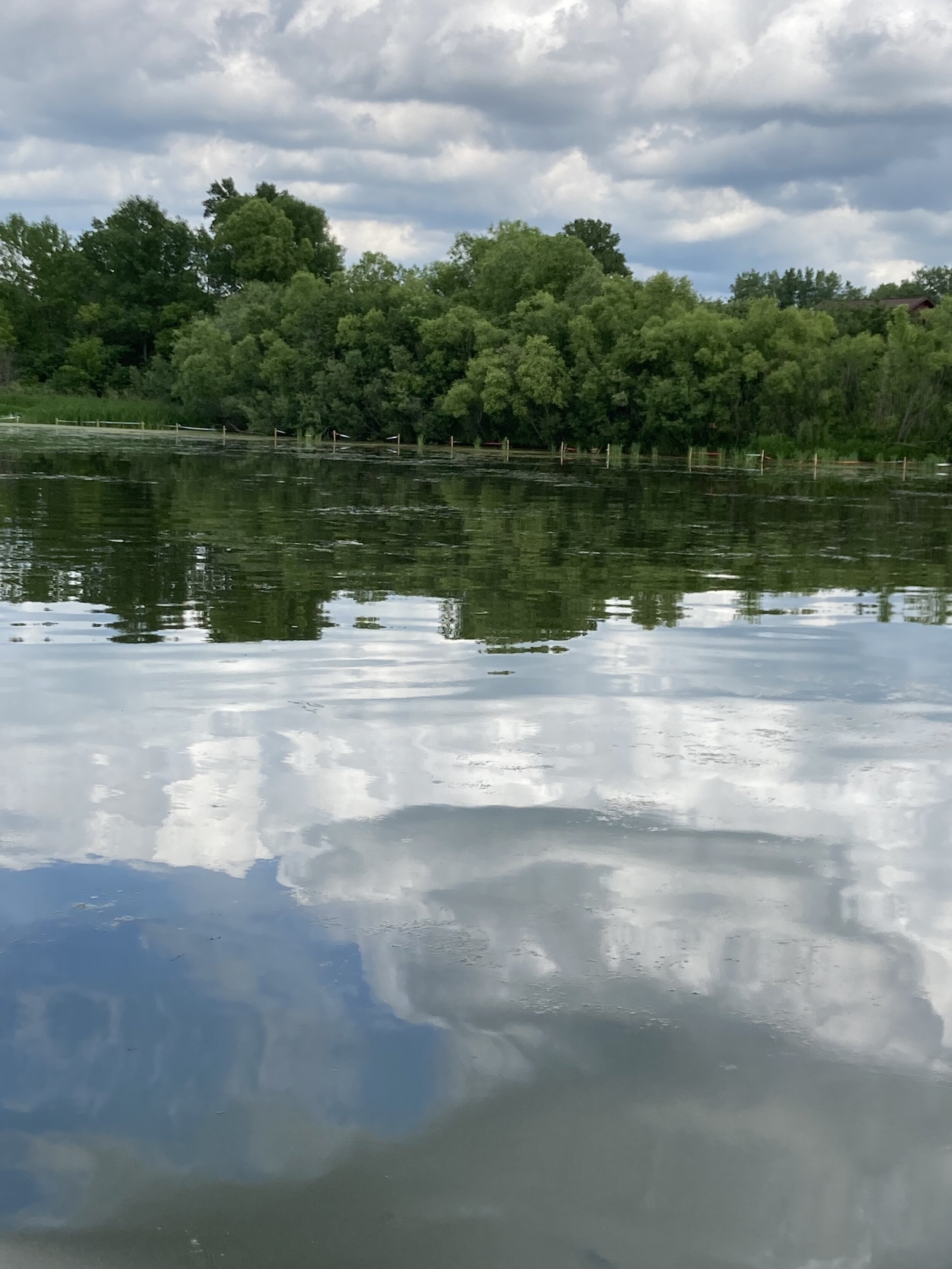

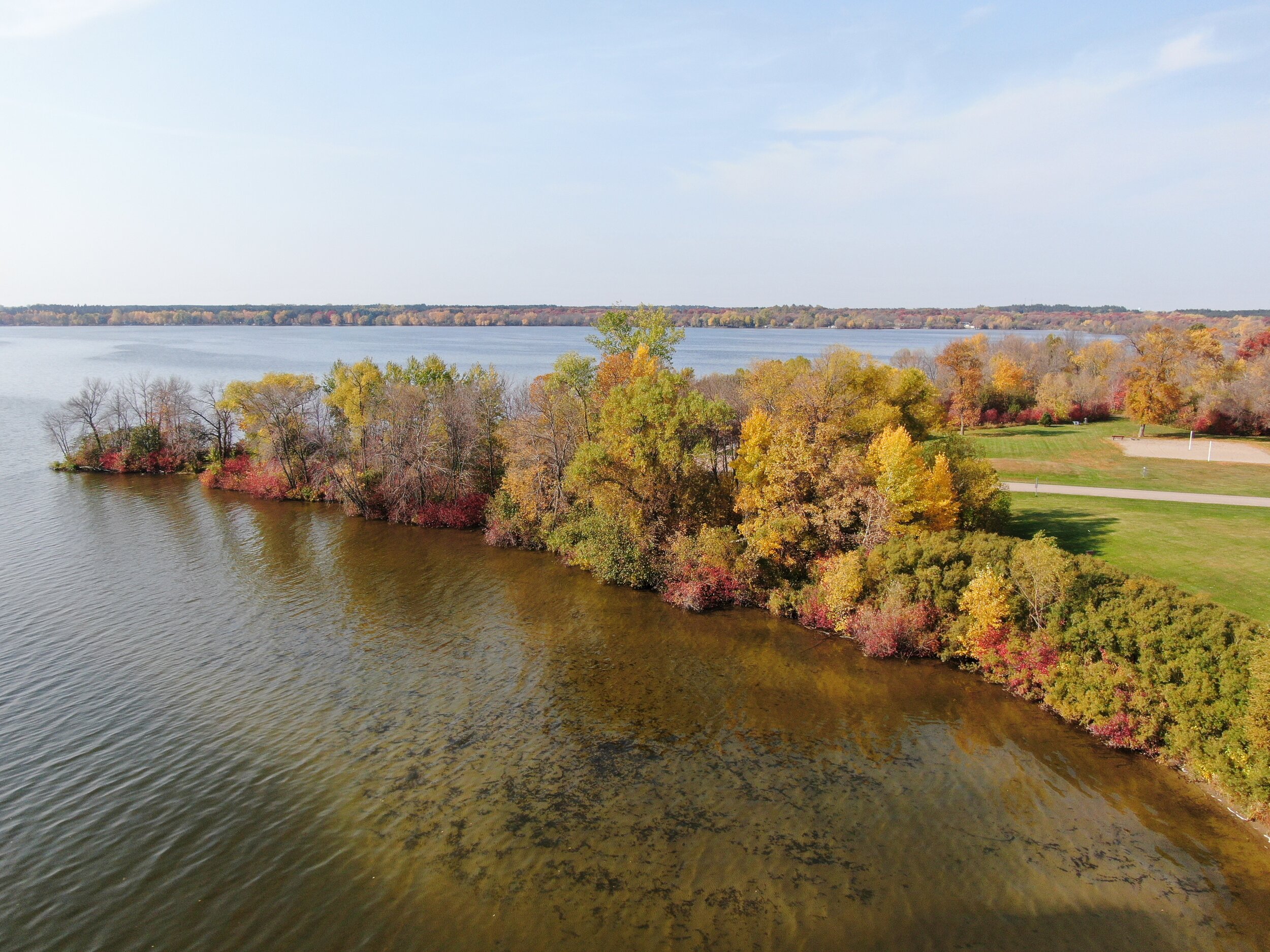
Drone Footage by District Technician; Jessica Hoheisel, on July 19th 2021.
Little Rock Lake Updates 2022
--
Little Rock Lake Updates 2022 --
Benton County News- Published May 17th 2022
Benton County News- Published May 17th 2022



